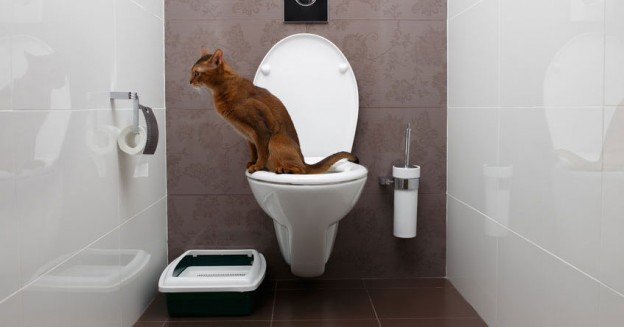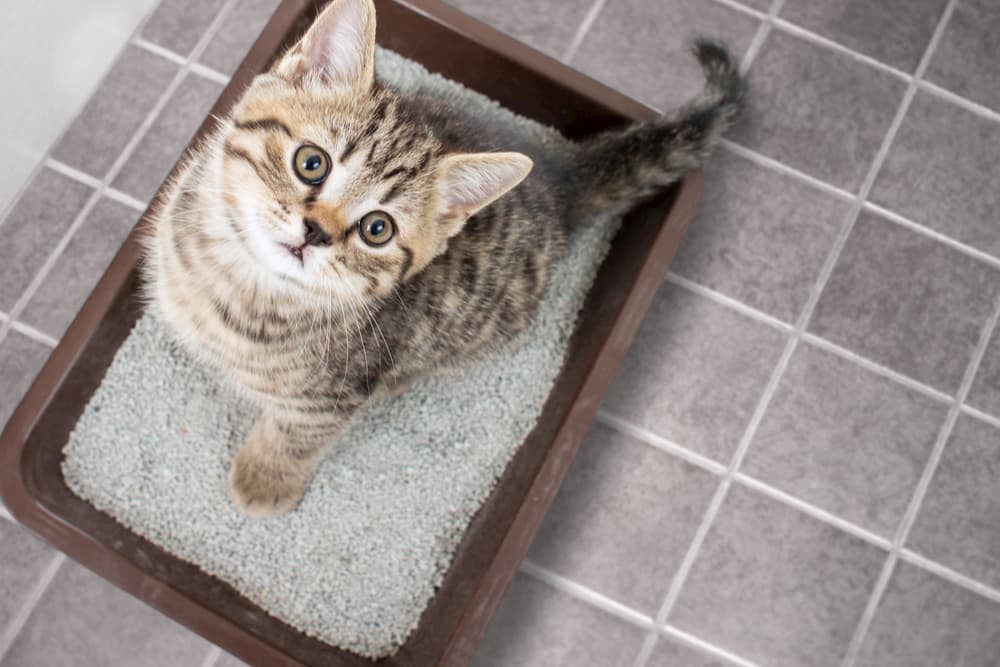This article in the next paragraphs in relation to Can You Flush Cat Poo or Litter Down the Toilet? is indeed enjoyable. Check it out for yourself and see what you think about it.

Introduction
As feline owners, it's important to bear in mind just how we get rid of our feline friends' waste. While it may seem hassle-free to flush pet cat poop down the bathroom, this practice can have damaging consequences for both the atmosphere and human health.
Alternatives to Flushing
Luckily, there are safer and extra accountable methods to deal with pet cat poop. Think about the following alternatives:
1. Scoop and Dispose in Trash
One of the most typical method of throwing away pet cat poop is to scoop it right into an eco-friendly bag and toss it in the garbage. Make certain to use a specialized clutter inside story and deal with the waste promptly.
2. Usage Biodegradable Litter
Go with eco-friendly feline litter made from materials such as corn or wheat. These trashes are environmentally friendly and can be securely taken care of in the trash.
3. Hide in the Yard
If you have a lawn, consider hiding cat waste in a marked area far from vegetable gardens and water resources. Be sure to dig deep adequate to prevent contamination of groundwater.
4. Set Up a Pet Waste Disposal System
Buy an animal garbage disposal system especially developed for feline waste. These systems make use of enzymes to break down the waste, reducing odor and ecological effect.
Wellness Risks
In addition to environmental issues, flushing feline waste can likewise present wellness threats to human beings. Feline feces might consist of Toxoplasma gondii, a parasite that can cause toxoplasmosis-- a potentially severe ailment, specifically for expectant females and people with weakened body immune systems.
Environmental Impact
Flushing pet cat poop presents hazardous pathogens and bloodsuckers right into the water, posturing a considerable threat to water ecological communities. These impurities can adversely impact marine life and concession water high quality.
Verdict
Liable family pet ownership prolongs past supplying food and shelter-- it also entails appropriate waste administration. By refraining from purging feline poop down the commode and going with alternate disposal methods, we can decrease our environmental impact and safeguard human health.
Why Can’t I Flush Cat Poop?
It Spreads a Parasite
Cats are frequently infected with a parasite called toxoplasma gondii. The parasite causes an infection called toxoplasmosis. It is usually harmless to cats. The parasite only uses cat poop as a host for its eggs. Otherwise, the cat’s immune system usually keeps the infection at low enough levels to maintain its own health. But it does not stop the develop of eggs. These eggs are tiny and surprisingly tough. They may survive for a year before they begin to grow. But that’s the problem.
Our wastewater system is not designed to deal with toxoplasmosis eggs. Instead, most eggs will flush from your toilet into sewers and wastewater management plants. After the sewage is treated for many other harmful things in it, it is typically released into local rivers, lakes, or oceans. Here, the toxoplasmosis eggs can find new hosts, including starfish, crabs, otters, and many other wildlife. For many, this is a significant risk to their health. Toxoplasmosis can also end up infecting water sources that are important for agriculture, which means our deer, pigs, and sheep can get infected too.
Is There Risk to Humans?
There can be a risk to human life from flushing cat poop down the toilet. If you do so, the parasites from your cat’s poop can end up in shellfish, game animals, or livestock. If this meat is then served raw or undercooked, the people who eat it can get sick.
In fact, according to the CDC, 40 million people in the United States are infected with toxoplasma gondii. They get it from exposure to infected seafood, or from some kind of cat poop contamination, like drinking from a stream that is contaminated or touching anything that has come into contact with cat poop. That includes just cleaning a cat litter box.
Most people who get infected with these parasites will not develop any symptoms. However, for pregnant women or for those with compromised immune systems, the parasite can cause severe health problems.
How to Handle Cat Poop
The best way to handle cat poop is actually to clean the box more often. The eggs that the parasite sheds will not become active until one to five days after the cat poops. That means that if you clean daily, you’re much less likely to come into direct contact with infectious eggs.
That said, always dispose of cat poop in the garbage and not down the toilet. Wash your hands before and after you clean the litter box, and bring the bag of poop right outside to your garbage bins.
https://trenchlesssolutionsusa.com/why-cant-i-flush-cat-poop/

Do you really like reading about How to Dispose of Cat Poop and Litter Without Plastic Bags? Give a remark down the page. We would be pleased to find out your responses about this blog. We are looking forward that you come back again in the future. Are you aware of another person who is looking into the niche? Why not share it. Thank you for your time. Don't forget to come by our blog back soon.
Visit My Site